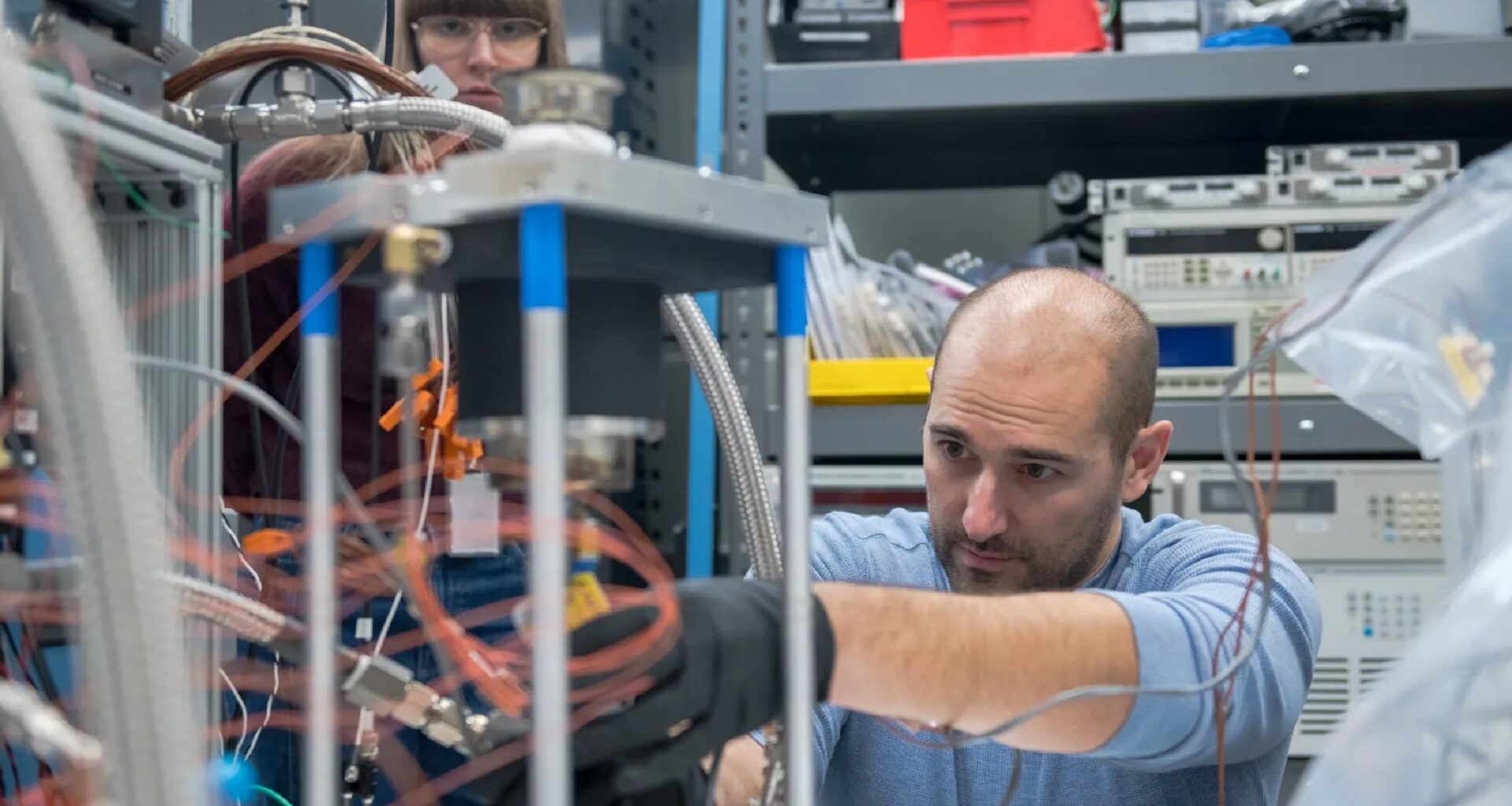In the race to explore deep space, NASA is betting on a new kind of nuclear fuel.
For over 60 years, the world’s leading space agency has relied on radioisotope power systems (RPS) to deliver steady, long-term electrical power to spacecraft operating far from the Sun.
Traditionally, plutonium-238 has been the radioisotope of choice. But now, researchers are turning their attention to americium-241, a fuel under active development in Europe and now undergoing testing in the U.S.
Fueling farther, cheaper, longer
Earlier this year, NASA’s Glenn Research Center in Cleveland partnered with the University of Leicester in the United Kingdom to test a Stirling generator powered by americium-241 heat source simulators.
The setup used electrically heated devices that mimic the thermal output of americium decay, allowing engineers to safely evaluate performance and reliability without handling radioactive materials.
Unlike conventional heat engines, the Stirling convertor uses floating pistons with no crankshaft or rotating bearings, a design that enables it to operate continuously for decades with minimal wear.
Researchers successfully demonstrated a Stirling generator testbed that continued producing power even when one convertor failed, a key feature for missions that can’t afford to lose power in deep space.
“The concept started as just a design, and we took it all the way to the prototype level — something close to a flight version of the generator,” said Salvatore Oriti, mechanical engineer at Glenn.
“The more impressive part is how quickly and inexpensively we got it done, only made possible by a great synergy between the NASA and University of Leicester teams. We were on the same wavelength and shared the same mindset.”
With performance and efficiency targets met, NASA now plans to develop a next-generation testbed with lower mass, higher fidelity, and readiness for environmental testing.
If successful, americium-241 could expand NASA’s power options for missions to the outer solar system and beyond, where sunlight is scarce and reliability is non-negotiable.
“A particular highlight of this testbed design is that it is capable of withstanding a failed Stirling convertor without a loss of electrical power,” said Hannah Sargeant, research fellow at the University of Leicester.
“This feature was demonstrated successfully in the test campaign and highlights the robustness and reliability of an Americium-Radioisotope Stirling Generator for potential future spaceflight missions, including long-duration missions that could operate for many decades.”
Power that outlasts decades
NASA’s interest in americium-241 comes at a time when demand for long-lived, compact, and efficient power systems is growing, not just for robotic spacecraft but also for future crewed missions and lunar surface operations.
With its relatively long half-life of 432 years and more accessible production routes, americium-241 presents a compelling alternative to plutonium-238, which is more expensive and harder to produce at scale.
The European Space Agency has been developing americium-powered systems for years, and NASA’s collaboration with the University of Leicester builds directly on that progress.
The Glenn team is now working on the next version of the testbed: one that is lighter, more efficient, and able to withstand the environmental extremes of launch and space travel.
Upcoming tests will likely subject the system to vibration, thermal cycling, and vacuum conditions to ensure it can endure the rigors of real-world missions.
If fully realized, americium-fueled Stirling generators could power science instruments, landers, or small surface habitats in environments where sunlight is weak or unreliable, including the permanently shadowed craters of the Moon or the icy moons of Jupiter and Saturn.

